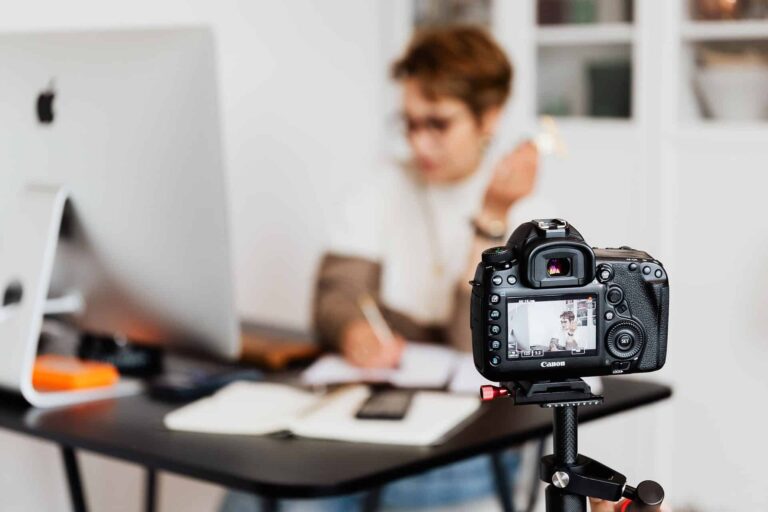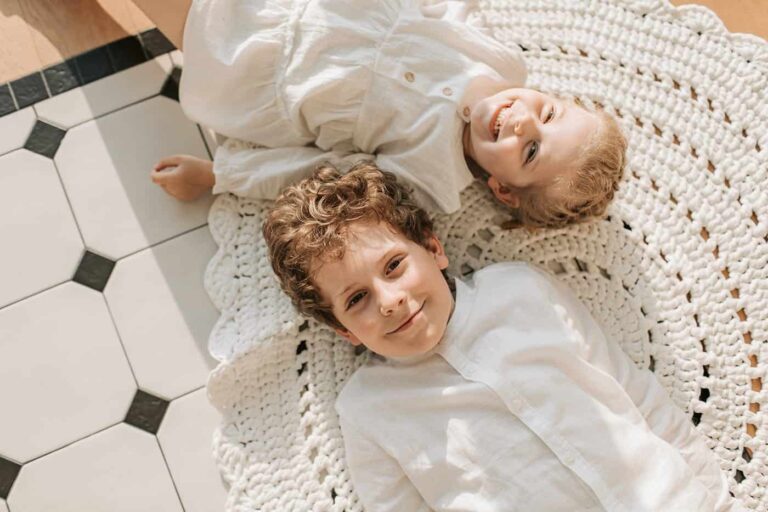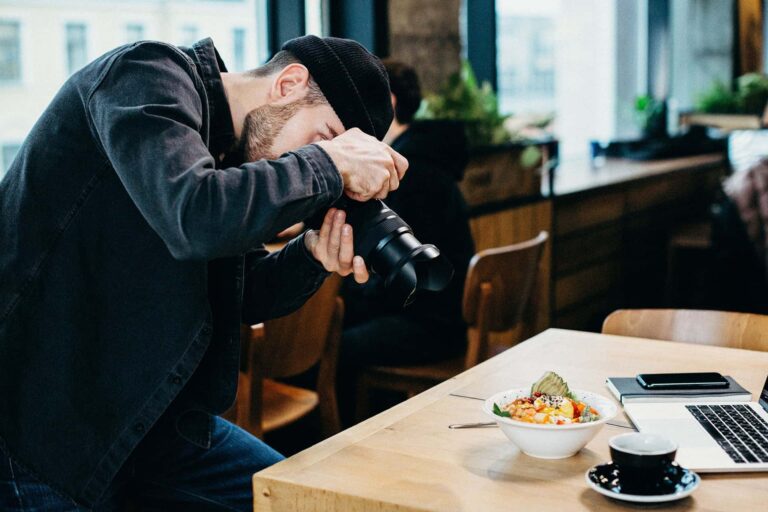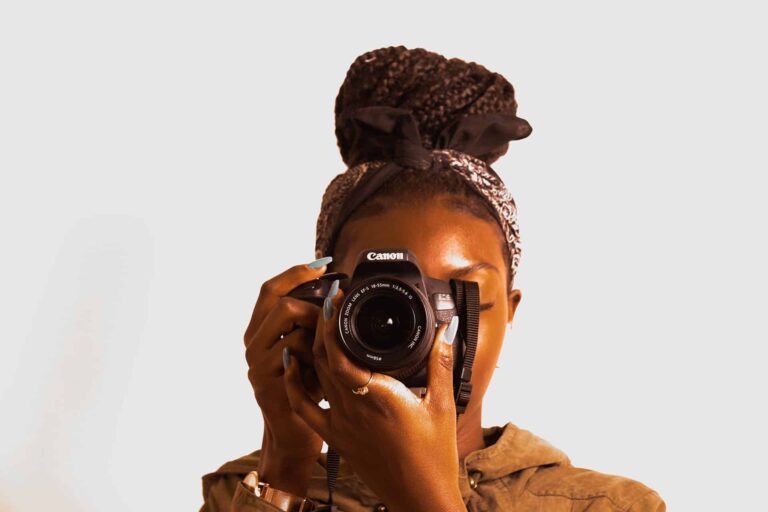How to Get a Bokeh Effect
Bokeh, a term derived from the Japanese word for “blur”, has become a coveted aesthetic in the world of photography. It’s all about creating a visually appealing blurry background that makes your subject pop.
Understanding Bokeh
The key to achieving beautiful bokeh lies in understanding depth of field. A shallow depth of field, where only a small portion of the image is in focus, is your gateway to achieving that soft, creamy background. Bokeh is not just any blur; it’s characterized by its quality and how it renders out-of-focus light sources, often turning them into soft, glowing orbs.
Choosing the right lens
The choice of lens plays a pivotal role. Lenses with a larger maximum aperture (lower f-stop numbers like f/1.4, f/1.8, or f/2.8) are ideal for creating bokeh, as they allow you to narrow the depth of field significantly. Prime lenses are often preferred for their wider apertures compared to zoom lenses.
Aperture setting
To achieve bokeh, set your lens to its widest aperture. This setting lets in more light and narrows the depth of field, blurring the background while keeping your subject sharp. Experiment with different apertures to see varying degrees of bokeh effect
Subject-Background distance
The distance between your subject and the background also matters. The further away your subject is from the background, the more pronounced the bokeh will be. Similarly, getting closer to your subject enhances the effect.
Light and Composition
Bokeh is particularly beautiful when capturing light points in the background. These can be anything from sunlight filtering through leaves to city lights at night. The way these light points blur into soft orbs adds a magical quality to your photos.
While bokeh is stunning, remember it’s there to enhance, not overpower your subject. Compose your shot so that the bokeh complements and does not distract from the main subject of your photograph.
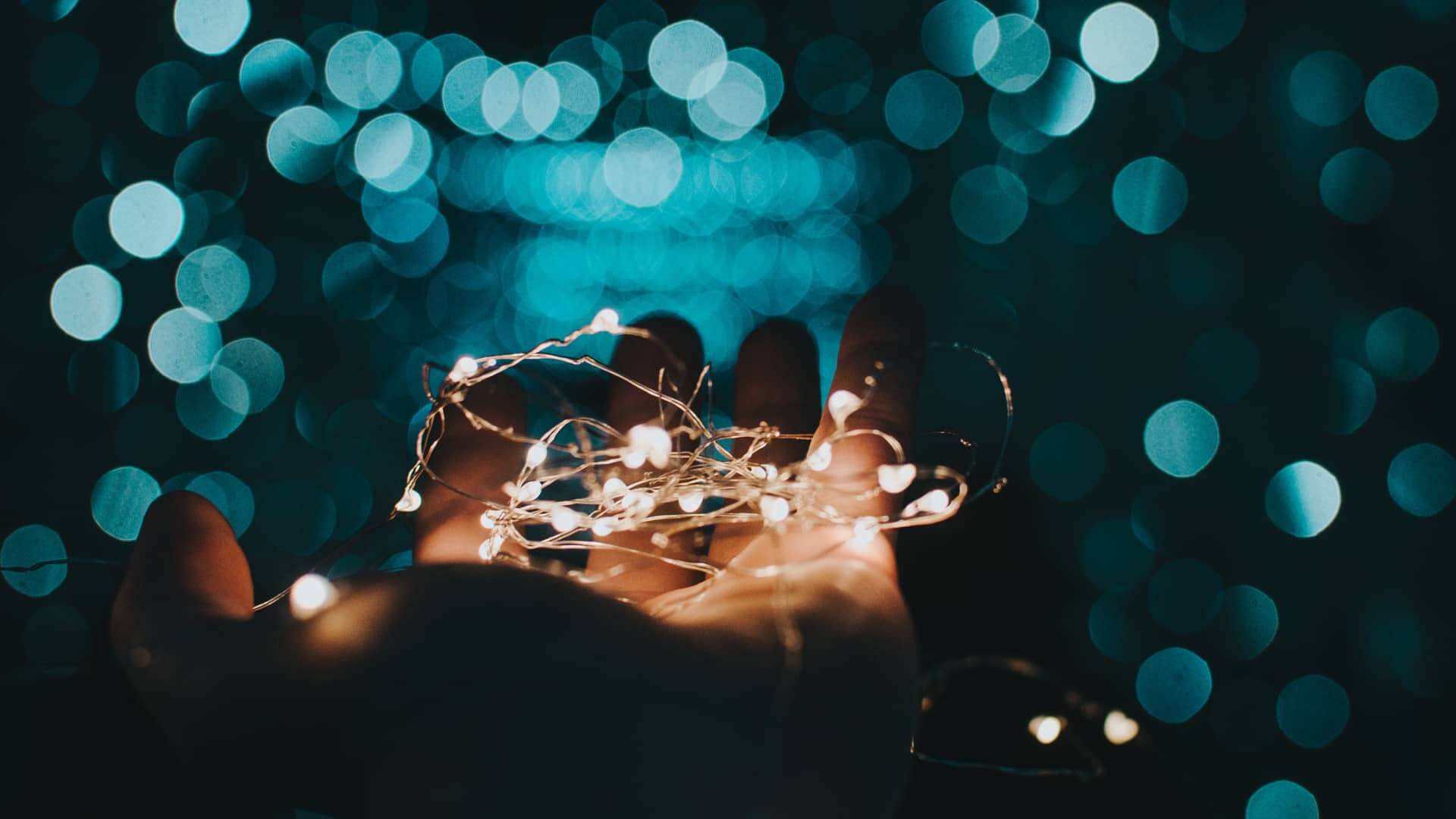
The bokeh effect can transform an ordinary photograph into a piece of visual poetry. It’s about more than just a blurry background; it’s a creative tool that, when used skillfully, can elevate the emotional impact of your image. So grab your camera, experiment with these tips, and start capturing the enchanting world of bokeh photography.

